The last captive Thylacine was a male and died on September 7 1936. Extinct thylacine was a solitary ambush-style predator.

Thylacine Thylacine Extinct Animals Tasmanian Tiger
Its hunting tactics were more similar to that of a fox than a wolf or dog.

Thylacine hunting habits. Thylacines did occasionally kill large hunting dogs in self-defence. Solitary thylacines hunted at dawn and dusk but when hunting in groups they needed visual contact with one another and hunted in daylight. 3 states that the thylacine has a sharp bark like a pup of 7 or 8 weeks old.
The Circular Head Chronicle of the 6th October 1937 p. The last known wild Thylacine was shot in 1930 by a man named Wilf Batty. The 1913 guide to the London Zoo p.
Since dingoes and other dog-like creatures have less latitude in arm-hand movement that helps explain why these animals hunt by pursuit and in packs rather than in an ambush setting the researchers note. Results appear in Biology Letters. Compared to the wolf it would have been an ungainly animal pursuing its prey kangaroos wallabies and ground birds at a leisurely trot until the prey became tired.
Female hunting victims carrying offspring in their pouches are the evidence for such a state of matters. It was said to pursue its prey relentlessly until the prey was exhausted. In canids the webbing serves to hold the digits together when the animal is running.
Like a fox it was a nocturnal hunter that relied on ambushing its prey like a cat. Thylacine Tasmanian tiger Tasmanian wolf Thylacinus cynocephalus. Predation Habits When hunting the thylacine relied on a good sense of smell and stamina.
Prey is believed to have included kangaroos wallabies and wombats birds and small animals such as potoroos and possums. Some reports suggest that these mammals hunted by pursuing their prey over great distances until it tired. A major difference between the feet of the thylacine and those of a canid however is that there is no webbing present between the thylacines toes.
Thylacine bone structure key to hunting habits Borja and Christine compared eight thylacine elbows with those of 32 other carnivores such as jackals wolves Tasmanian devils pumas hyenas and panthers. It has been proven that the thylacine was capable of breeding all year long. 93 states that the thylacine has a wheezing cry.
The thylacine is digitigrade and like dogs and cats walks on its toes. It trotted stiffly and when pursued broke into a kind of shambling canter. That hunting approach separates thylacines from wolves and other large canid or dog-like species that hunt in packs and generally pursue their quarry over some distance.
Was the iconic extinct creature that once roamed Australia a. The extinction of the Thylacines is most commonly blamed on hunting competition with wild dogs erosion of its habitat the extinction of prey species and a distemper like disease. West 1852 in his account of thylacine hunting behaviour notes that they occasionally utter a low smothered bark.
Thylacines were entirely carnivorous and wild individuals were reportedly reluctant to scavenge although there is a report of one feeding on the carcass of a stranded whale and they occasionally got caught in traps baited with meat. They noticed the thylacine elbow had more in common with the bones in ambushing predators and was not at all suited to sustained chases. The researchers determined that the thylacine was more of a solitary ambush-style predator similar to cats.
In terms of hunting the increased arm and hand movement would have given the thylacine a greater capability of subduing its quarry after a surprise attack. Thylacine hunter Ned Terry visited the area and showed the natives pictures of the Tasmanian wolf. They say it comes down from the mountains and kills pigs goats and other livestock.
Little is known of the Tasmanian wolfs diet and feeding behavior. With its huge gape and mouth it could undoubtedly have crushed the skull throat or ribcage of the small prey it caught. That hunting approach separates thylacines from wolves and other large canid or dog-like species that hunt in packs and generally.
Thanks to its distinctive stripes it was often called the Tasmanian tiger. They describe it as looking like a dog with striped flanks a stiff tail and wide jaws. The thylacine was rarely seen to move fast but when it did it appeared awkward.
Dogs and wolves hunt in packs following their prey over longer distances. Thylacines had elliptical pupils. This hunting approach differs from wolves and other dog-like species that hunt in packs and pursue.
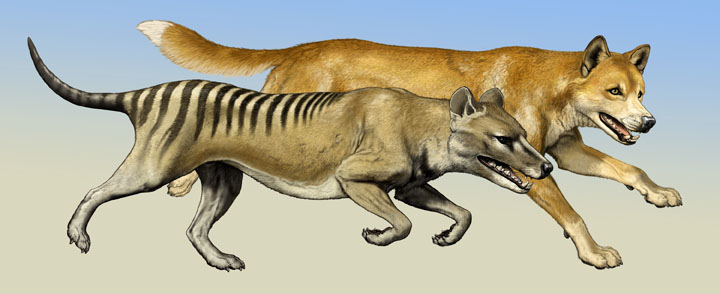
Thylacine Hunting Behavior Case Of Crying Wolf News From Brown
What Was The Habit Of The Tasmanian Tiger Quora
Https Brill Com Downloadpdf Book 9789004186729 Bej 9789004181656 I 288 011 Xml

Thylacine Hunting Behavior Case Of Crying Wolf News From Brown
How Did Tasmanian Tiger Go Extinct Quora

Thylacine The Improbable Tiger Capeia
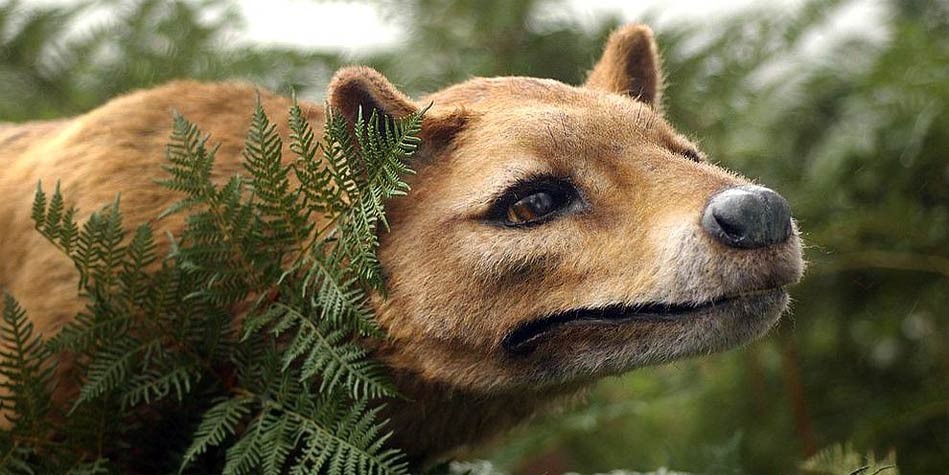
Tasmanian Tiger Tasmanian Wolf Thylacine Dinoanimals Com

Tasmanian Tiger Footage Not Of A Thylacine But A Pademelon
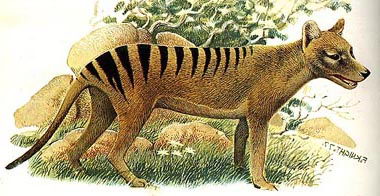
Tasmanian Tiger Facts Tasmanian Tiger Habitat Diet
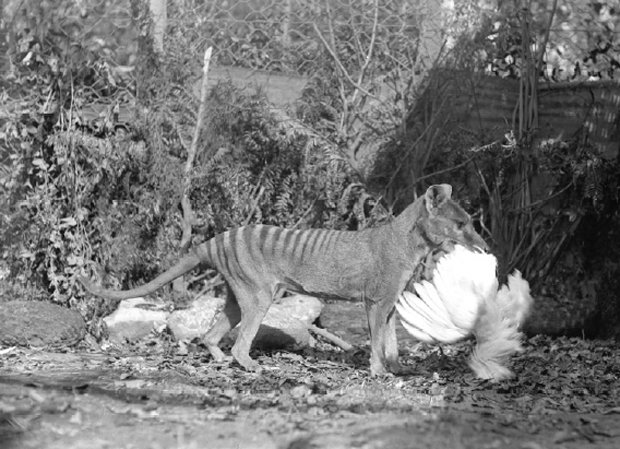
Thylacine Hunted More Like A Cat Than A Dog Australian Geographic

Tasmanian Tiger World S Largest Carnivorous Marsupial
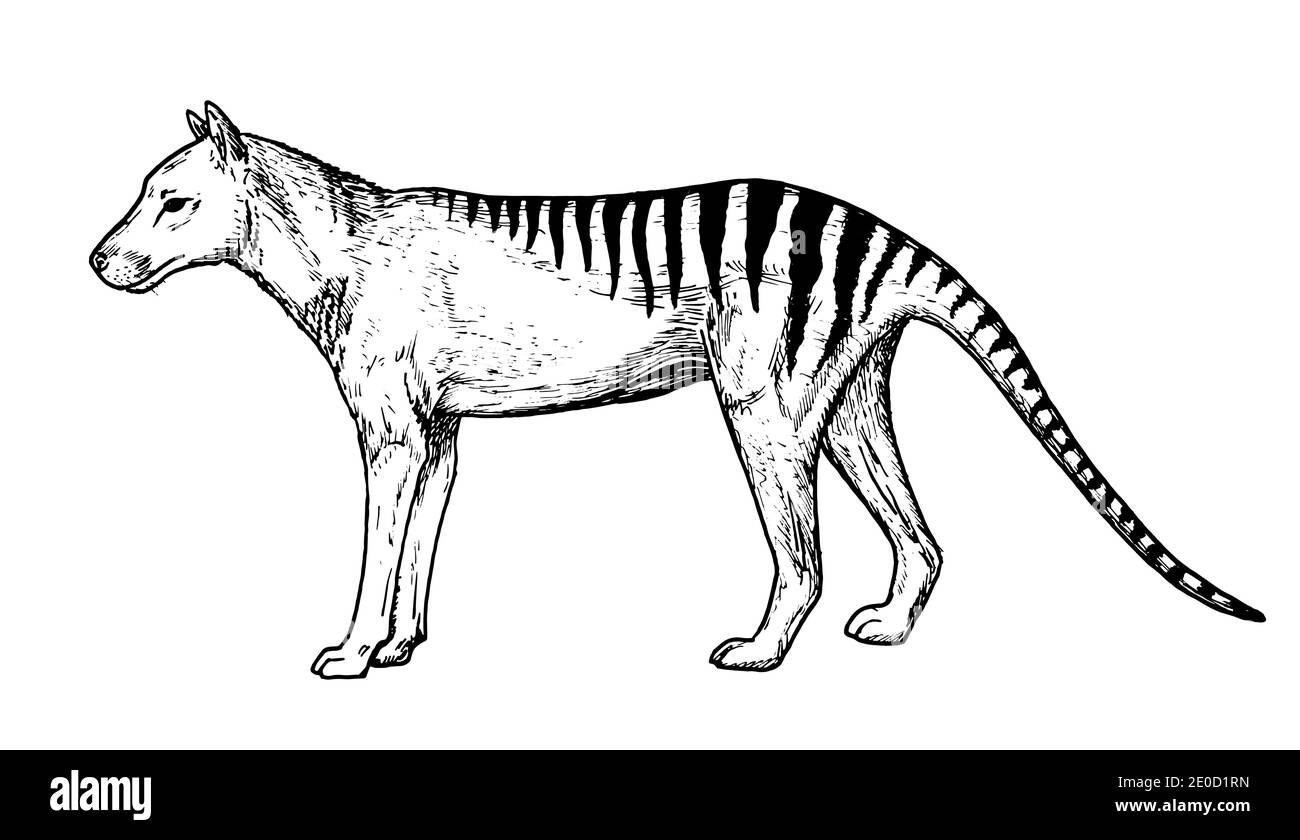
Page 2 Thylacine High Resolution Stock Photography And Images Alamy
Https Brill Com Downloadpdf Book 9789004186729 Bej 9789004181656 I 288 011 Xml
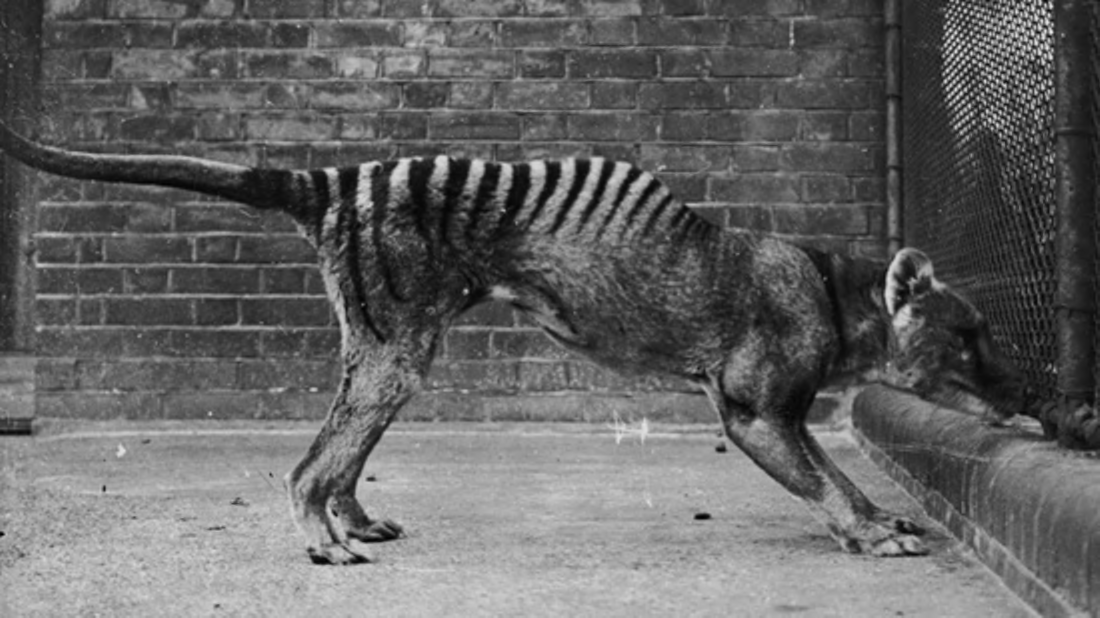
10 Wild Facts About The Now Extinct Tasmanian Tiger Mental Floss


